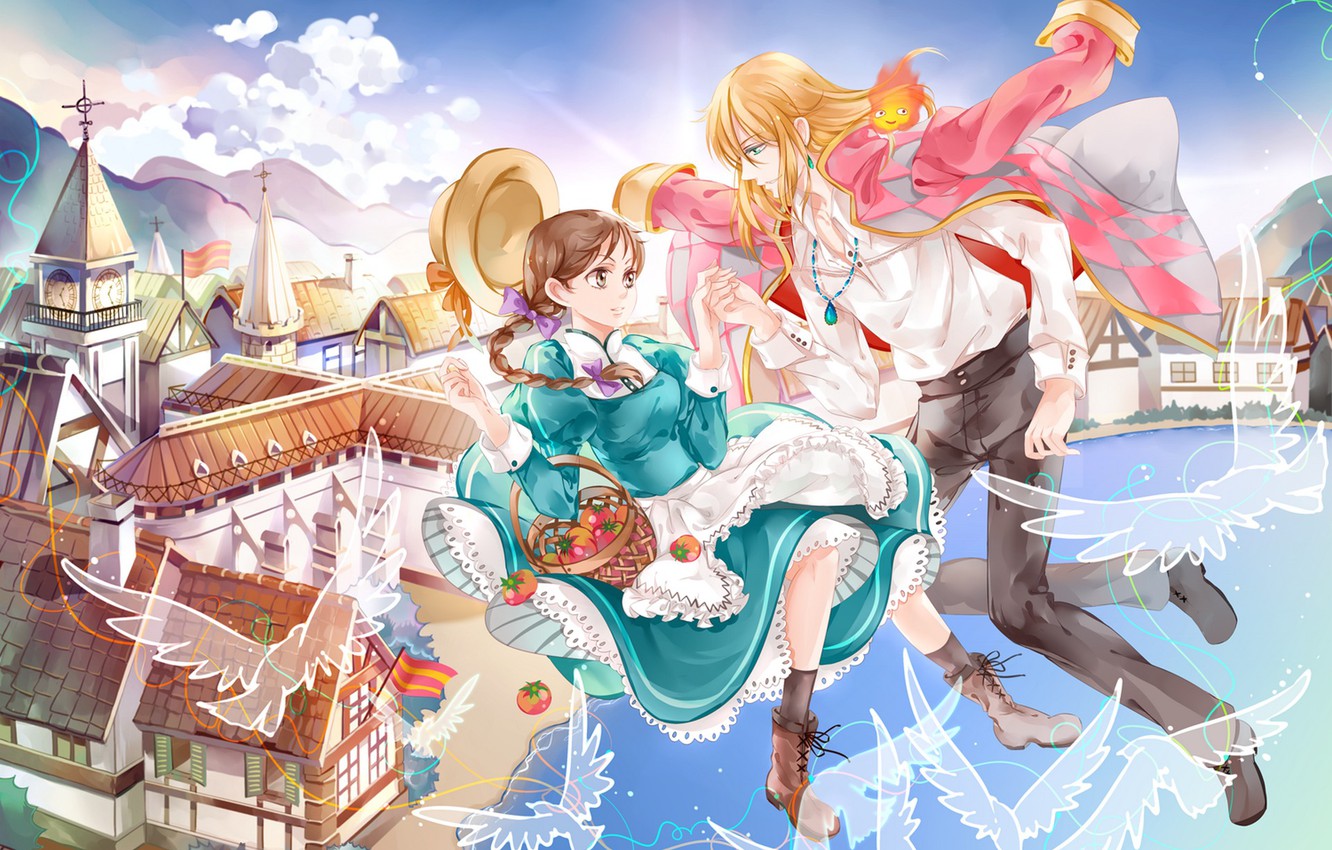

By that time anyway, I the tactile sense of being female stopped bothering me – which may have been a part of the same revolution – and it was a release.” (Jones, Reflections on the Magic of Writing, p142). Females weren’t expected to behave like wimps and you could make them the centre of the story. I everything had gone much easier without, then, being able to say how or why. Even with this western, idealistic storytelling, Jones embodies many of her own values into her text, explaining, “About ten years ago, boys started being prepared to read books with a female hero. While the appropriation pays considerable attention to the conflict caused by military demolition and industrialised machinery, Jones’ novel acts in accordance with what could be regarded as the classical western fairytale scheme, while also subverting fairytale conventions. Many critics state that it is likely that Miyazaki’s narrative has been Influenced by his opposition to the United States’ invasion of Iraq in 2003, which was occurring during the time of creation with many of the scenes displaying destructive and volatile war visuals as seen when bombs are dropped through Sophie’s once undisturbed town. Unlike Jones’ original novel, military destruction and war act as the principle evil of his film, with Howl, rather than journeying to kill the witch of the waste, attempts to ultimately avoid military conscription. He explains that his own morals essentially influenced the adaptation, “I do not make films to send out messages of ecology, but because it is part of my values, the problem comes up in my films”. Growing up as an ardent pacifist, Miyazaki has embodied major themes of war, machinery and military destruction as a distinctive theme throughout his animation. Personal ideals play a considerable part in creating Jones’ novel, Miyazaki’s adaptation similarly incorporates his own distinctive ethics and beliefs into his work, creating a uniqueness to his piece. It could be considered that these differences and similarities are what makes the stories themselves and give significance to both composers’ works respectively. Both Jones’ and Miyazaki’s work hold distinctive, individualised themes while simultaneously providing their audiences with familiar, recurring morals and content. It is evident of the roles that identity, values, and beliefs play through the two compositions.

Through Miyazaki’s adaption of Howl’s Moving Castle, a new, equally valuable story has been composed. Diana Wynne Jones’ Howl’s Moving Castle has inspired many audiences with its witty, creative characters yet deep set storyline and messages.


 0 kommentar(er)
0 kommentar(er)
